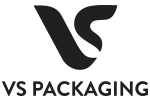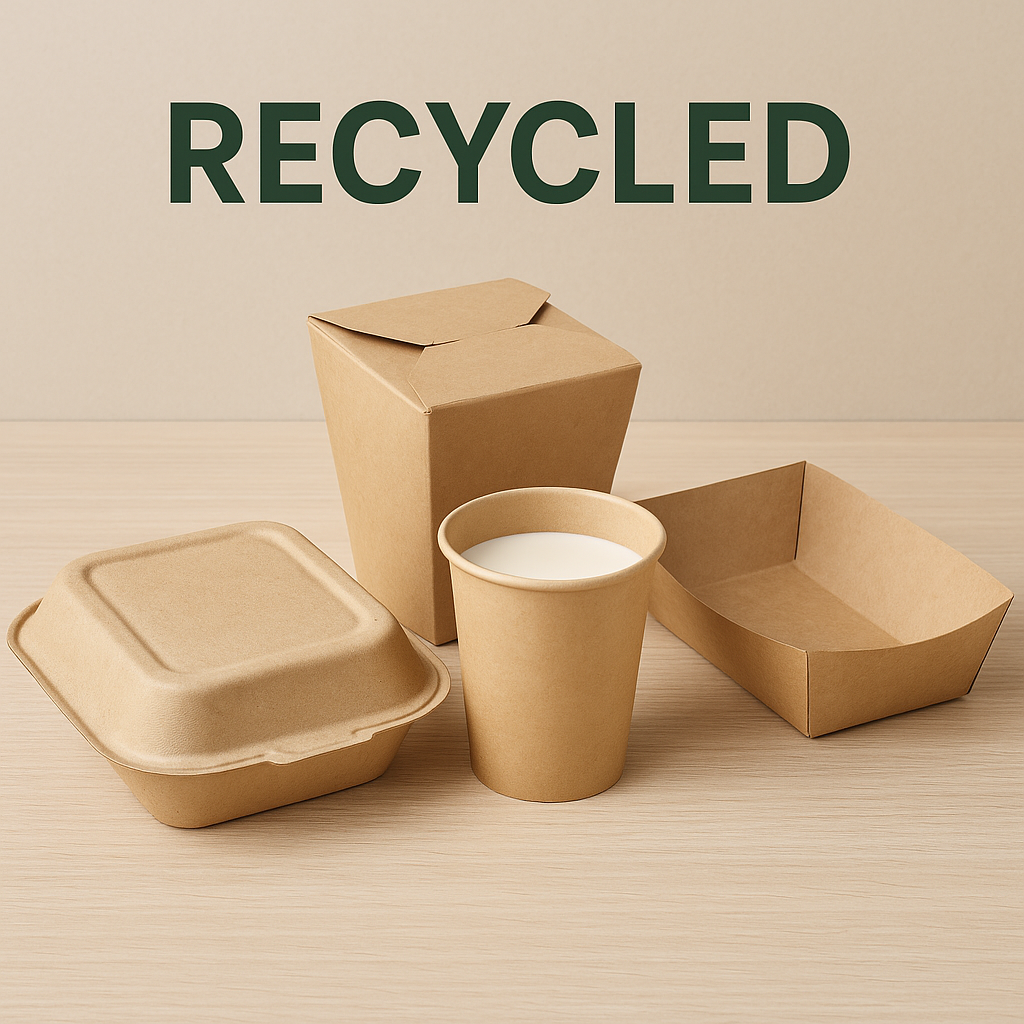As the world shifts toward more sustainable habits, one question continues to pop up: Can food packaging be recycled? The answer depends on the material, contamination level, and local recycling infrastructure.
In Australia, recycling food packaging is possible — but it’s not always straightforward. Let’s break it down.
🥡 Types of Food Packaging and Their Recyclability
1. Paper & Cardboard
✅ Recyclable — if clean and dry.
Common examples:
- Burger wrappers
- Paper coffee cups (without plastic lining)
- Kraft boxes and bags
Tip:
Remove any food residue or plastic coating before recycling. If greasy (like a pizza box), compost it instead.
2. Plastic Packaging
♻️ Some recyclable, some not.
Recyclable plastics (usually):
- PET (#1) – clear salad containers
- HDPE (#2) – milk jugs, some lids
- PP (#5) – microwave-safe containers
Non-recyclable or difficult-to-recycle plastics:
- PS (#6) – foam trays and cups
- Mixed plastic laminates
Tip:
Check the triangle symbol on the packaging. Rinse items before putting them in the bin.
3. Aluminium Foil & Trays
✅ Recyclable — if clean and scrunched.
Common uses:
- Takeaway foil containers
- Baking trays
- Wraps
Tip:
Rinse off any leftover food. Scrunch small foil pieces into a ball so they don’t get lost in the recycling process.
4. Bioplastics & Compostable Packaging
🚫 Not recyclable in curbside bins.
Common examples:
- PLA bioplastic cups
- Compostable takeaway containers
Tip:
Dispose of these in commercial composting facilities, not regular recycling. Placing them in the wrong bin can contaminate the recycling stream.
5. Glass Food Jars
✅ Recyclable — always.
Tip:
Remove lids and rinse. Glass is infinitely recyclable and widely accepted.
❗ Why Some Food Packaging Isn’t Recycled
- Contamination: Greasy, dirty, or food-soiled packaging can’t be processed.
- Mixed materials: Paper-plastic combinations (e.g. juice boxes) are difficult to separate.
- Lack of awareness: Many Australians unknowingly toss recyclables into general waste.
- No proper symbols: Unlabeled packaging leaves people guessing.
✅ How to Recycle Food Packaging Properly
- Check the recycling symbol – Know your local council’s rules.
- Rinse and remove food – Contaminated items may be rejected.
- Sort by material – Keep paper, plastics, and foil separate.
- Use REDcycle alternatives (temporarily paused) for soft plastics when available.
- Consider composting for certified compostable items.
🌏 The Future of Recyclable Food Packaging in Australia
With the government’s 2025 National Packaging Targets and increasing pressure for eco-responsibility, more businesses are adopting recyclable or compostable solutions.
At VS Packaging, we’re committed to offering food packaging options that are either recyclable, compostable, or sustainably sourced — helping businesses stay compliant while reducing environmental impact.
♻️ Final Thoughts
Can food packaging be recycled? Yes — but it depends on what it's made of and how it's disposed of. With a bit of awareness and the right packaging choices, businesses and consumers alike can make a big difference.
🛍️ Looking for Recyclable Food Packaging?
Explore our range of recyclable and compostable food containers, paper trays, cups, and eco-friendly solutions at vspackaging.com.au — with fast Australia-wide delivery.

